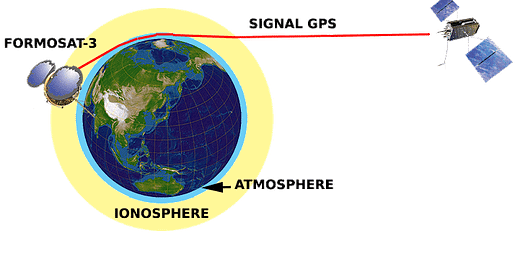China's Commercial Meteorological Satellites
Plus a bunch of launches 🚀 a laser comms test from Laser Starcom 🛰️ and a big conference in Shenzhen 🌆
Dear Readers,
Happy Monday, and a shout-out to the bump in new subs that signed up over the past few weeks. Welcome and thanks for stopping by. To keep the momentum going, if you have a friend or colleague that you think would enjoy the China Space Monitor, feel free to forward it on over to them.
The second half of March has brought a whole bunch of laun…



